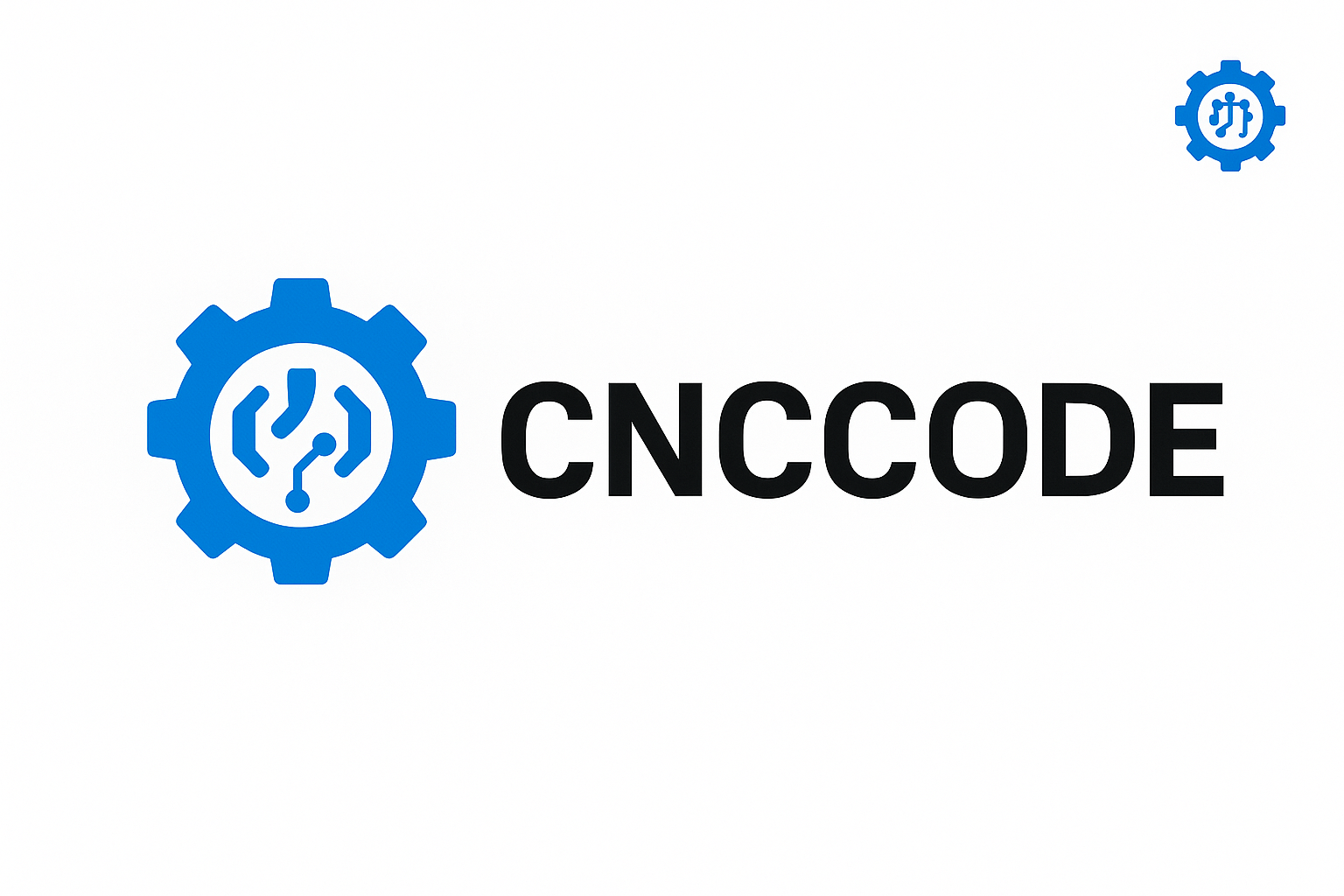Choosing materials and tooling depends on your project’s requirements (strength, finish, production volume) and the machine’s capabilities. Here are guidelines: Material selection: Metals: Aluminum is popular for prototypes and structural parts due to its workability. Steel (alloy or stainless) ...
cnccode.com – Ultimate CNC Knowledge Hub | G-Code, CAD/CAM, DIY CNC Latest Questions
G-code is the language of CNC machines. Key commands and practices include: Basic movement codes: G00: Rapid move (non-cutting move to a position at maximum speed). Use for quick positioning above the part. G01: Linear interpolation (straight-line cutting move) ...
Feeds and speeds determine how fast the tool moves and spins relative to the material, and they are critical for efficiency, part quality, and tool life. Here’s a breakdown: Spindle speed (RPM): Often based on cutting speed (surface feet ...
Building a DIY CNC machine can be a rewarding project. Here’s an overview of the process and key considerations: Frame and structure: Start with a rigid frame to minimize vibration. Common DIY materials include 80/20 aluminum extrusions, steel tubing, ...
Staying connected is invaluable in the CNC field. A variety of communities and resources exist for learning and support: Online forums and communities: Websites like CNCzone, Reddit’s r/CNC, and CNC-specific Discord or Facebook groups host lively discussions. Members share ...
CNC issues are often solvable with systematic diagnosis. Here are frequent problems and how to address them: Poor surface finish or chatter: If parts come out rough or wavy, check tool condition (dull or chipped bits cause this) and ...
Regardless of experience level, following expert tips can greatly improve CNC results. Here are some best practices: Secure your workpiece: Always clamp or fixture the stock firmly. Loose materials cause vibration, poor surface finish, or tool breakage. For wood ...
